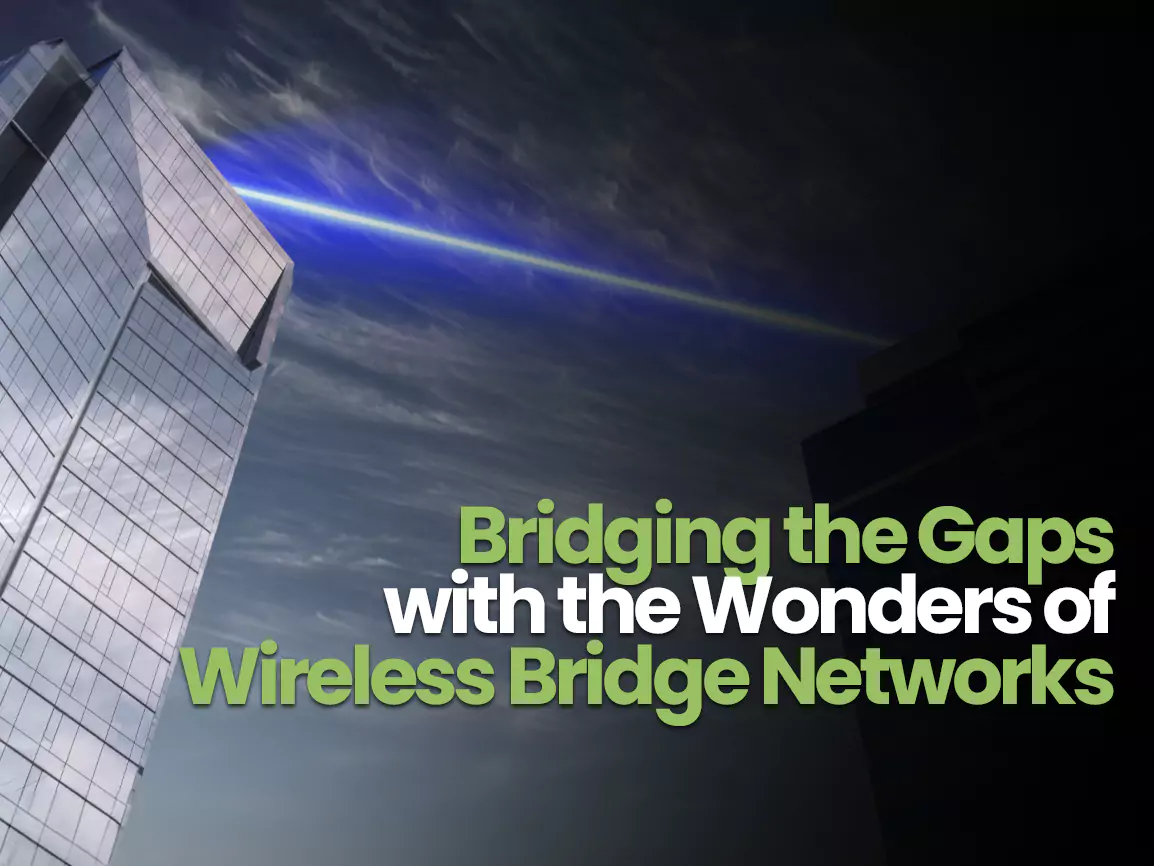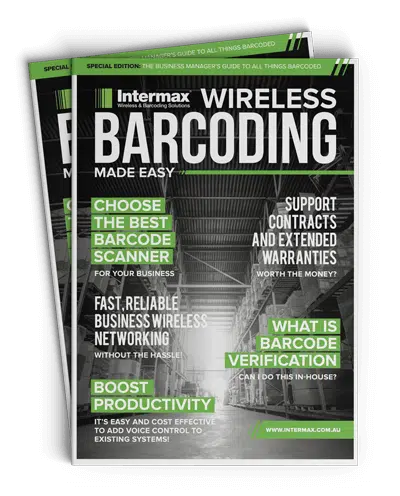
Bridging the Gaps with the Wonder of Wireless Bridge Networks
Bridging the Gap: Exploring the Wonders of Wireless Bridge Networks (ft. Ubiquiti Building Bridge)
In an era marked by technological innovation, the ability to extend WiFi communications across vast distances has become easier than ever before.
Wireless bridge networks have emerged as a game-changer, revolutionizing the way we connect remote locations, from a few meters to tens of kilometers away.
In this blog, we’ll delve into the fascinating world of wireless bridge technology, highlighting how it works, its ease of use, cost-effectiveness, and remarkable speed.
How Does Wireless Bridge Technology Work?
At its core, wireless bridge technology involves the creation of a point-to-point or point-to-multipoint connection between two or more locations. It relies on a pair of bridge devices that function as transceivers. Here’s how it works:
Ease of Use: Plug and Play Connectivity
One of the most compelling features of wireless bridge technology is its ease of use. Setting up a wireless bridge is often a straightforward “plug and play” process.
Modern bridge devices come with user-friendly interfaces that allow you to configure settings quickly. This means that even individuals with limited technical expertise can establish reliable long-distance connections without extensive training.
Cost-Effectiveness Over Cable Installations
Compared to traditional cable installations, wireless bridge networks offer significant cost advantages:
Remarkable Speed and Performance
Wireless bridge technology has come a long way in terms of speed and performance. Modern wireless bridge devices can achieve remarkable data transfer rates, often surpassing those of traditional wired connections.
Speeds can range from hundreds of megabits per second to multiple gigabits per second, depending on the equipment and frequency band used.
In conclusion, wireless bridge technology is a remarkable innovation that has democratized long-distance connectivity.
Its ease of use, cost-effectiveness, and impressive speed make it an ideal choice for bridging the gap between remote locations, whether it’s for expanding WiFi coverage in a campus, connecting buildings across a city, or establishing communication links in rural areas. As technology continues to advance, wireless bridge networks will play an increasingly vital role in our interconnected world.



